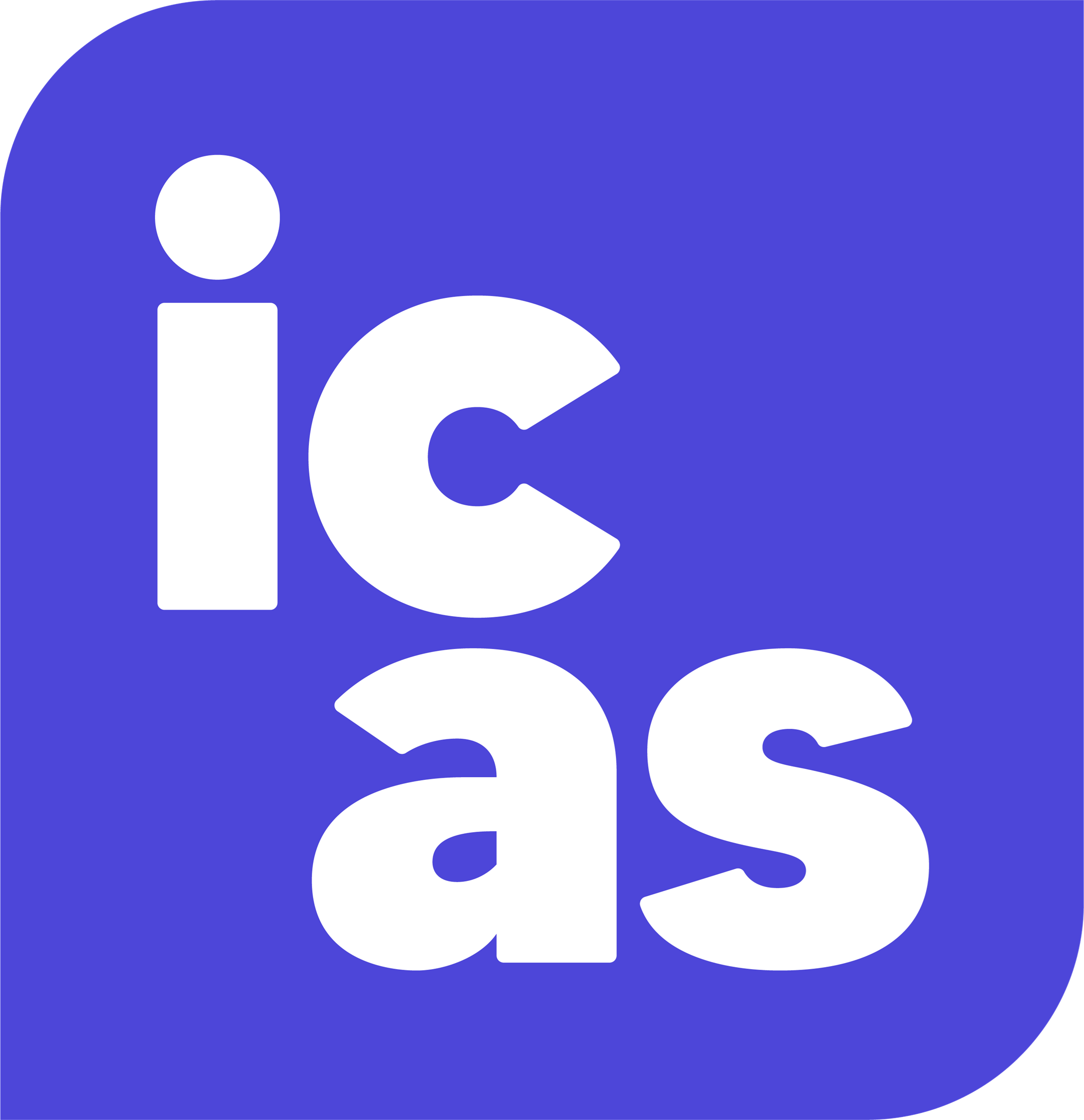Capital Allowances and the new allowances available

Following the Spring 2023 Budget, capital allowance rules are set to become more complex. The position is further complicated by the fact that the regimes for companies and unincorporated businesses differ, with some capital allowance claims only open to companies. As a result of these new measures, corporate clients can benefit from full expensing, a 50% first-year allowance and the Annual Investment Allowance (AIA). Of the three, only the AIA is available to clients running unincorporated businesses.
Full expensing
Full expensing is the new relief for companies only, brought in by the 2023 Budget to replace the super-deduction for companies, which applied in respect of qualifying expenditure incurred in the two-year period from 1 April 2021 to 31 March 2023. However, it is less generous than its predecessor, relief being given at 100% rather than at 130% of qualifying expenditure, as was the case for the super-deduction. Clients running unincorporated businesses cannot make a full expensing claim. However, this will generally not matter as the same result is obtained by claiming the Annual Investment Allowance (AIA) and most unincorporated businesses will be able to use the AIA to claim full and immediate relief for qualifying expenditure up to a limit of £1 million.
Full expensing is a 100% first-year allowance. Like the AIA, it provides 100% relief for qualifying expenditure in the accounting period in which it is incurred, and the relief is unlimited. It is available in respect of qualifying expenditure which would otherwise qualify for main rate writing down allowances (at 18%).
The expenditure must be incurred in the three year period from 1 April 2023 to 31 March 2026, but the Chancellor hinted this may be extended past this date. Some expenditure is excluded:-
• Expenditure on cars (although a dedicated) first-year allowance is available for new zero emission cars which secures immediate 100% relief ).
• Expenditure on assets purchased to lease to someone else.
Only expenditure on new and unused assets can be fully expensed. This restriction does not apply to the AIA, and where enough of the AIA limit is available, an AIA claim will provide full and immediate relief for qualifying expenditure on second-hand assets.
Full expensing was introduced to encourage investment and will be of benefit to large corporate clients planning significant investment within the next three years. Where a company pays corporation tax at the main rate of 25%, full expensing reduces the net cost of every £100 of capital expenditure to £75.
50% first-year allowance
A 50% first-year allowance was also introduced in the 2023 Budget for companies alongside the super-deduction. It was available for qualifying expenditure on new and unused assets which would otherwise qualify for special rate writing down allowances at the rate of 6%. Assets that fall into this category include thermal installations and electric installations known as ‘integral features’; however, expenditure on cars is excluded.
The 50% first-year allowance has been retained and will remain available for qualifying special rate expenditure incurred in the three-year period from 1 April 2023 to 31 March 2026. As with full expensing, unincorporated businesses cannot benefit.
Where the 50% first-year allowance is claimed, 50% of the expenditure is deductible in computing the taxable profits for the accounting period in which the expenditure is incurred. The remaining 50% is added to the special rate pool and will qualify for special rate writing down allowances in subsequent accounting periods at the rate of 6% of the pool balance on a reducing balance basis. There is no limit on the amount of expenditure in an accounting period in respect of which the 50% first-year allowance can be claimed.
Expenditure qualifying for the 50% first-year allowance will also qualify for the AIA, and where the AIA limit has not been fully used, making a claim for the AIA rather than the 50% first-year allowance will provide relief earlier and at a higher rate (100% rather than 50%). The AIA can also be claimed in respect of expenditure on second hand special rate assets which do not qualify for the 50% first-year allowance.
If the asset is sold, the disposal proceeds must be brought into account, which may trigger a balancing charge.
Annual Investment Allowance
The AIA provides full relief for qualifying expenditure up to the AIA limit. This is now permanently set at £1 million (proportionately reduced for accounting periods of less than 12 months). The AIA is the most widely drawn of the three allowances. It is available to both companies and to unincorporated businesses and it applies equally to qualifying expenditure on both new assets and second-hand assets (but expenditure on cars is excluded).
Once the £1 million limit has been exceeded, any further expenditure is added to the relevant pool and relief is given by way of writing down allowances at the appropriate rate.
Choose wisely
Clients have a range of options when it comes to securing relief for capital expenditure. Corporate clients looking to make significant investment in new and unused assets, which would otherwise benefit from main rate writing down allowances, should be advised of the 31 March 2026 deadline for incurring the expenditure in order to benefit from full expensing. This should be the first port of call for achieving full and immediate relief. If the AIA limit is available, this will be a better option than the 50% first-year allowance, as it provides relief at 100% rather than 50%. However, if the limit has been used up (or is to be used for expenditure not qualifying for full expensing such as that on second-hand assets), the 50% first-year allowance will provide relief earlier than claiming a writing down allowance.
Clients with unincorporated businesses can claim the AIA to obtain 100% relief for qualifying expenditure, as long as they have not used up the AIA limit. However, a claim will not always be beneficial, for example, if it wastes personal allowances. Depending on circumstances, a claim for writing down allowances may be preferable. It is possible to tailor claims and a mix and match approach, claiming the AIA to reduce profits to the level of the personal allowance and writing down allowances for the remainder, may be beneficial.
Corporate clients can also benefit from the AIA as it provides valuable relief for expenditure on second-hand assets and offers an alternative to the 50% first-year allowance where the limit remains available. Consideration should also be given to the period for which the client expects to keep the asset. If it is likely to be sold in the near future while the value remains high, it may be preferable to claim writing down allowances rather than a first-year allowance followed by a high balancing charge.
As always there is no one size to fit all and the optimal claim will depend on the client’s circumstances and what they want to achieve.


